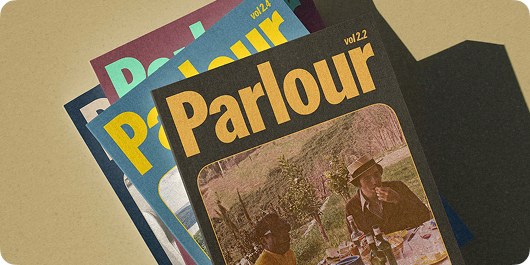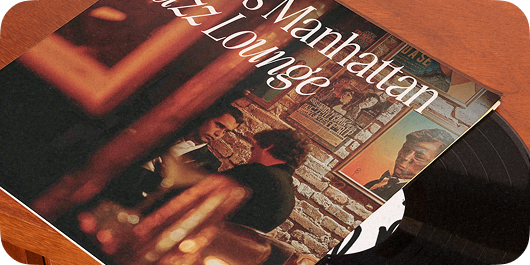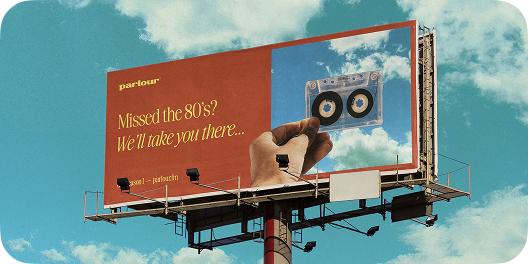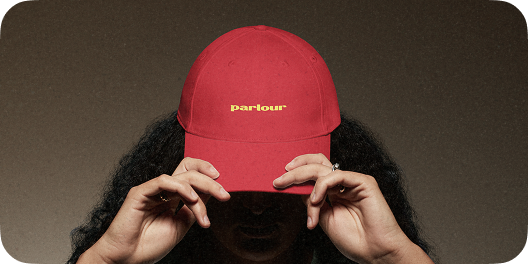Jean-Michel Basquiat was born in Brooklyn in 1960 to a Haitian-American father and a Puerto Rican mother. Being born into a very diverse cultural background gave him a ton of inspiration that he plowed into his work. When Basquiat was a child, he began drawing on sheets of paper his father, an accountant, would bring home from his office. His mother noticed this and would take him to The Brooklyn Museum which pushed him to explore his artistic talents. Completely self-taught.
In 1969 Basquiat was in a very severe car accident and as he was recovering he received a copy of Gray’s Anatomy from his mother. The book became the foundation of his work which featured anatomical drawings and prints.
When he first started getting noticed it was under his pseudonym “SAMO.” He would tag subway trains and Manhattan buildings with seriously cryptic aphorisms. People quickly started to see his crown motifs popping up all around New York.
“I’d say my mother gave me all the primary things. The art came from her”
Years before, Andy Warhol was born in Pittsburgh in 1928 to working-class parents who immigrated from Eastern Slovakia. When Warhol was a child, he suffered from many ailments (seems like there’s a theme here). Some were neurological and others were skin issues. Because of these disorders, he was often kept home from school. And during those times he would read comics and Hollywood magazines playing with paper cutouts.
When he was in elementary school, he took Tam O’Shanter art classes at Carnegie Institute (Carnegie Museum of Art). His father started to recognize his talent and saved up money for Warhol to attend the Carnegie Institute of Technology (now Carnegie Mellon University).
Throughout his life, and especially in his early life, Warhol was obsessed with his physical imperfections. In response to this, he would do many things, like put together different looks with his clothing, wigs, cosmetics, and even plastic surgery to change the shape of his nose. His lifelong interest in beauty and skincare even made its way into his work.
Around the same time as Basquiat, Keith Haring was born in 1958 in a small Dutch farm community in Pennsylvania. His love for art started at a very early age because his father was an amateur cartoonist. While growing up, they would draw simple shapes like circles and transform them into animals and other figures. The early exposure had a lasting impact on his artistic style with bold lines and playful imagery.
Haring grew up in a very conservative religious community. And he really struggled with this. In his teenage years, he experimented with drugs like marijuana and LSD and became fully engrained in the counter-culture movement of the 70s. He experimented with abstract drawings and continued when he went to study at Pittsburgh Art School for commercial art. He dropped out but it led to his first solo expedition making him officially a professional artist.
“The use of commercial projects has enabled me to reach millions of people whom I would not have reached by remaining an unknown artist. I assumed, after all, that the point of making art was to communicate and contribute to culture.”



















